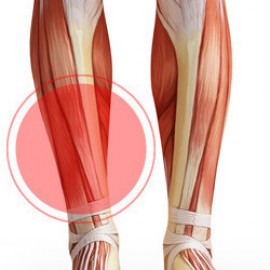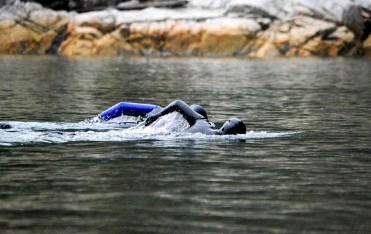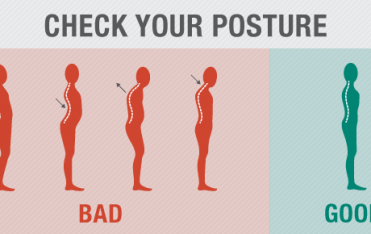Are these all the same condition?
These terms for conditions commonly affecting the lower leg are often used interchangeably and therefore sometimes incorrectly. Shin splints (although a term therapists avoid using) is one of the most common low leg overuse injuries, occurs in two regions, more laterally, which can sometimes be confused with compartment syndrome and more medially, towards the inside, which is also known as medial tibial stress syndrome (MTSS). Below, I endeavour to highlight the similarities of these two conditions, and also how they differ.
What is compartment syndrome?
A painful condition caused by swelling within a muscle bundle or compartment. It is often divided into two types – acute e.g. from a force such as a blow, and chronic, which comes on gradually over time. It is the chronic condition I see most often, and therefore this is what is discussed here.
Why does compartment syndrome occur?
It arise from overuse in impact activities, such as running on a hard surface, or from suddenly changing the intensity of your training in a repetitive-motion exercise .
What happens to the muscles?
Pressure within a muscle compartment gradually increases over time, causing a decrease in blood supply to the affected muscles and reducing muscle and therefore joint function.
What are the symptoms?
Cramping pain during exercise, that eases usually within 30 minutes, when the activity ceases. There may be swelling or a sizeable increase in the posterior muscles of the lower leg (calf predominantly) and mobility at the foot may be reduced. Pain on palpation may be present if assessed during or immediately after cessation of the activity.
What are the symptoms of Medial Tibial Stress Syndrome?
Pain to the front low leg at the onset of activity that gradually subsides during training, only to return afterwards and often persisting during rest. Pain on palpation including at rest.
What causes it?
Overuse of the anterior lower leg muscles – those involved in lifting the front of the foot, so usually from running – due to sustained, repetitive activity and/or a sudden increase in training volume.
How are the conditions treated?
Both require rest and to stop completely and immediately the aggravating mechanism i.e. running (it doesn’t mean you won’t be able to run again!). Ice and anti-inflammatorys – taken orally or applied topically (assuming you are safe to take them) will help reduce the inflammation. Sports massage will help to release the tension/spasm in the muscles as well as in any compensating muscles, allowing increased blood flow and removal of waste products etc. The whole lower leg muscles complex and achilles should be stretched appropriately. Then a staged your return to exercise can be implemented, commencing with low impact cross-training activities to give your body time to adjust and fully recover. Then you can start to increase training volume (no more than 10 per cent per week) and intensity (hills, plyometrics etc.) steadily. Ensure you have suitable training shoes and if running, avoid hard surfaces until you are pain free. If you run on a cambered surface or track, make sure you use it equally for both feet. If the condition remains problematic you may need to seek the advice of a physiotherapist, who will assess, treat and prescribe you rehabilitation exercises and possible other interventions, such as taping.



